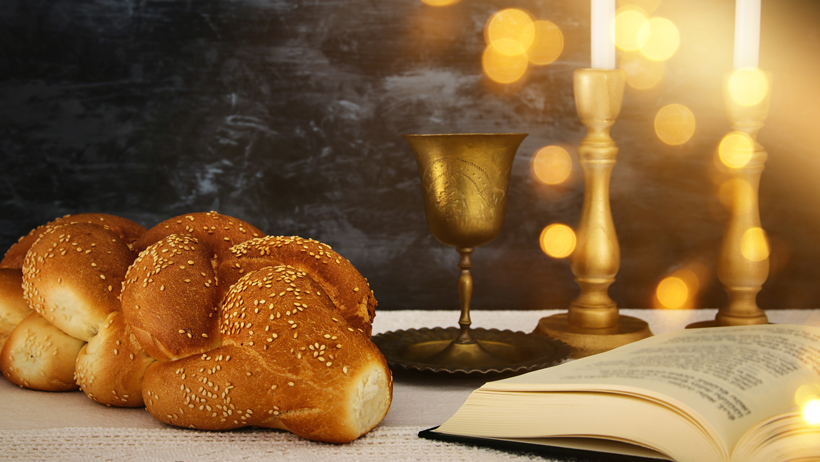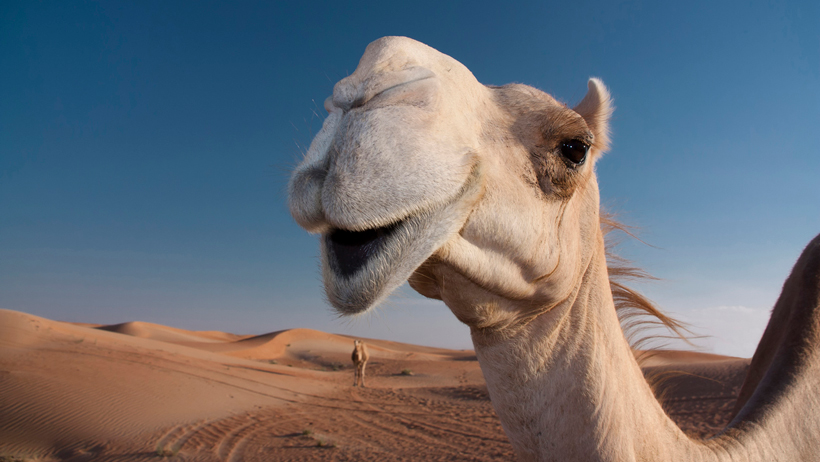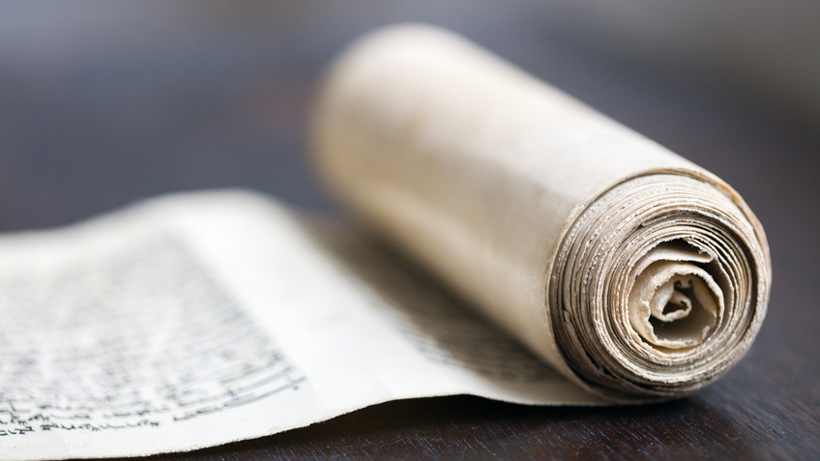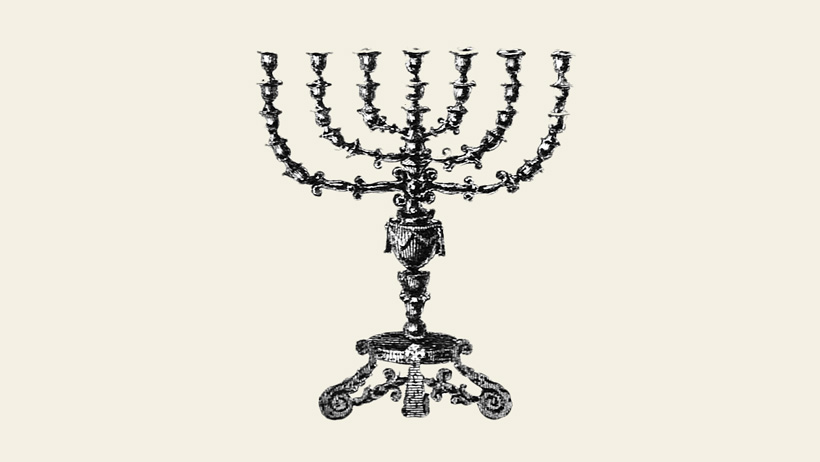We Jews are a fun-loving bunch. No, really! Look at all the types of parties we have! I mean, besides wedding receptions, bar- and bat-mitzvah parties, Purim, Simchat Torah, Chanukah, Yom HaAtzma'ut …
But you've probably heard of those. In this blog post (and my next), I've put together a list of lesser-known Jewish causes for celebration, where they come from and how to celebrate them. This first post focuses on Shabbat gatherings and celebrations of Torah/learning.
Oneg Shabbat
Nothing to do with a blood type, the word "oneg" (OH-neg) is Hebrew for "delight." This is a get-together on a Friday night, sort of an afterparty for Erev Shabbat dinner. The source of the term is Isaiah 58: "You shall call the Shabbat a delight (oneg)." The Talmud promises lavish spiritual rewards for those who do, recommends a snack of "spinach, fish and garlic." The Rambam, a.k.a. Maimonides, also suggested that other … intimate "delights" be partaken of as well on the Sabbath. And you should listen; he was a doctor.
Seudah Shlishit
This is, literally, the "third meal" of Shabbat, the first being dinner on Friday night and the second, Shabbat lunch. As those were heavier meals, this often focuses on dairy fare; bread is not necessary, so no Motzi need be said. Some reverse the words to " Shalosh Seudos," a practice so widespread, this phrasing made it into the dictionary.
Melaveh Malka
Hebrew for "escorting the queen" -- in this case, the Sabbath Queen, whom we invited while singing "Lecha Dodi" on Friday night. After Shabbat, a melaveh malkah serves as a farewell to "Her Majesty." According to a midrash, the melaveh malkah was initiated by King David. He asked God to tell him when he would die, but God only revealed that it would happen on Shabbat. So David celebrated every time Shabbat ended, for he'd made it through one more week.
Siyum
A sort of graduation. After learning the entirety of the Torah or the Talmud, a party is held in celebration. Studying the Talmud at a page a day takes some seven years, so a to-do is in order. Attendance at such a party can even be used to avoid fasting in certain cases, so a siyum is often timed for that purpose.
Hachnasat Sefer Torah
Welcoming a new Sefer Torah into a congregation is also cause for celebration. Since the Torah is "marrying" its new community, it is often carried in under a chuppah (wedding canopy). The congregation then parades it in with a joyous noise.
Kumsitz
Both English and Yiddish are Germanic languages, so it makes sense that "kumzits" means what it sounds like it does, an invitation to "come, sit." This informal get-together often involves a sing-along, storytelling, and a campfire and/or candles.
Part II will focus on Jewish parties centered around weddings and children.


.jpg?n=9031)

.jpg)





.jpg)



